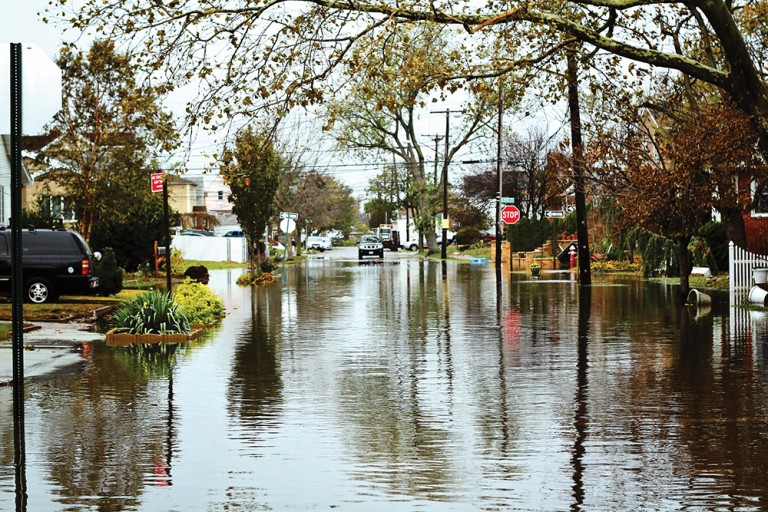By Forum Staff
Governor Kathy Hochul on Tuesday announced the beginning of Hurricane Preparedness Week in New York State.
There have been 15 tropical storm systems that have directly impacted New York since 2012, and their frequency has doubled over the last six years. With the growing number of storms, the need to prepare for their impacts is more important than ever, Hochul said.
As part of Hurricane Week, which runs through May 11, State and national officials toured a U.S. Air Force Reserve WC-130J hurricane hunter aircraft and a National Oceanic and Atmospheric Administration WP-3D Orion aircraft, which are used to collect and analyze hurricane data.
Last year, there were 20 named storms in the Atlantic basin, which ranked fourth for most-named storms in a year since 1950, according to NOAA and the National Hurricane Center. The NOAA will release the 2024 Hurricane Outlook on May 23 for the Atlantic hurricane season that runs from June 1 through Nov. 30.
Since 2014, the State Division of Homeland Security and Emergency Services has issued more than $11 billion in federal and state funds to communities impacted by hurricane and tropical storms Irene, Lee, Sandy, Isaias, Ida and Fred. Funds were used for emergency protective measures, debris removal and repairs to public buildings and infrastructure.
Hurricanes and tropical storms have the potential to impact any part of New York State throughout hurricane season, so it is important that you know how to receive timely alerts that will help you stay safe, Hochul noted. The best way to receive timely weather alerts is to sign up for NY-Alert (alert.ny.gov), a free service that provides weather and other emergency-related alerts, the governor said.
Take the following proactive steps:
- Develop a household disaster plan and know how to always contact family members. Identify an out-of-town friend or family member to be the “emergency family contact” and make certain all family members have the contact info.
- Designate an emergency meeting spot – a familiar location where family can meet if the residence cannot be accessed.
- Know the hurricane and storm risks in your community.
- If you live near coastal areas, learn about your area’s storm surge history and your community’s warning signals and evacuation plans, including safe routes inland and the location of official shelters.
- Know where to relocate pets during a storm – most shelters will not allow pets.
Keep the following supplies on-hand:
- Enough non-perishable food and water supplies for 10 days.
- Battery-operated radios and flashlights and an ample supply of batteries.
- A first aid with supply of medicines.
- Important documents: Insurance policies, medical records, bank account numbers, Social Security card, etc. in a waterproof container.
- Cash, checkbook, credit cards and ATM cards.
- An emergency contact list of people and organizations who may need to be called: schools, doctors, providers, and insurance contacts.
“Every New Yorker who experienced Hurricanes Irene and Sandy knows the tragic, unpredictable nature of these storms, and it is our responsibility to do everything we can to protect our state against extreme weather events to come,” Hochul said.

